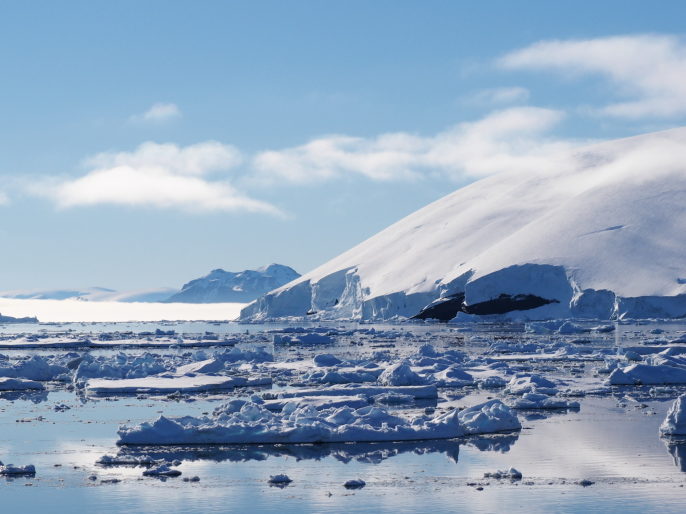The Antarctic Wildlife Research Fund (AWR) recently announced the first three projects to receive research grants. The projects are intended to better understand the Antarctic marine ecosystem.
One project will study the foraging behavior of humpback whales, while another will explore how penguins rely on small crustaceans (like krill) during breeding seasons.
Of potential relevance to this industry, Christian Reiss from the U.S. National Marine Fisheries Service, Raouf Kilada from the University of New Brunswick and So Kawaguchi from the Australian Antarctic Division will receive $84,530 to create a methodology for measuring the age of Antarctic krill. To date, it’s been difficult to understand the aging and life cycle of krill, which some feel is a limitation to fully understanding Antarctic krill ecology on a global scale. The size of a krill is not a good measure of its age.
The team has been exploring a technique in which the eyestalks of crustaceans are used to determine their age. They believe they can count the annual growth bands that form in the eyestalks to gauge a crustacean’s age. “If the technique works for krill, we’ll be able to develop more accurate age-based growth models to improve krill fishery management. We’ll also be able to compare krill growth in different parts of Antarctica and we’ll have an age-structure baseline against which future changes in krill populations can be observed,” Kawaguchi said in a press statement from the Australian Antarctic Division.
How quickly small fish mature has been a fact used to bolster the fact that fish oil is a sustainable product. Having similar knowledge about krill oil may also be beneficial.
Published on WholeFoods Magazine January 2016, Online 11/19/15










